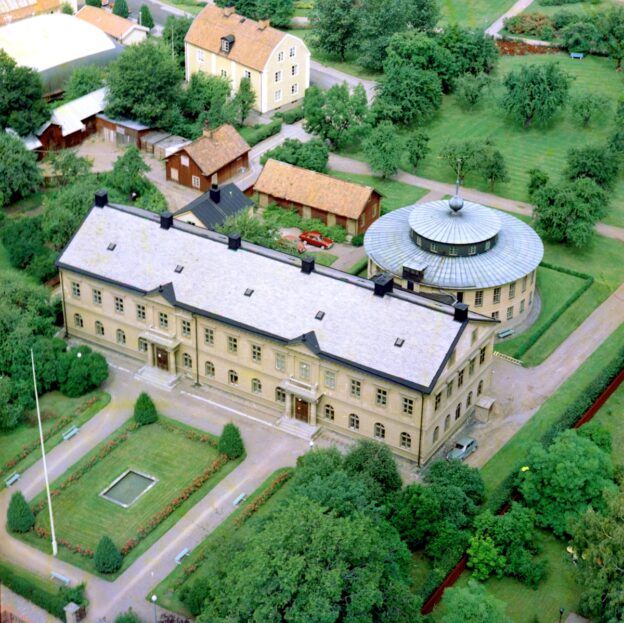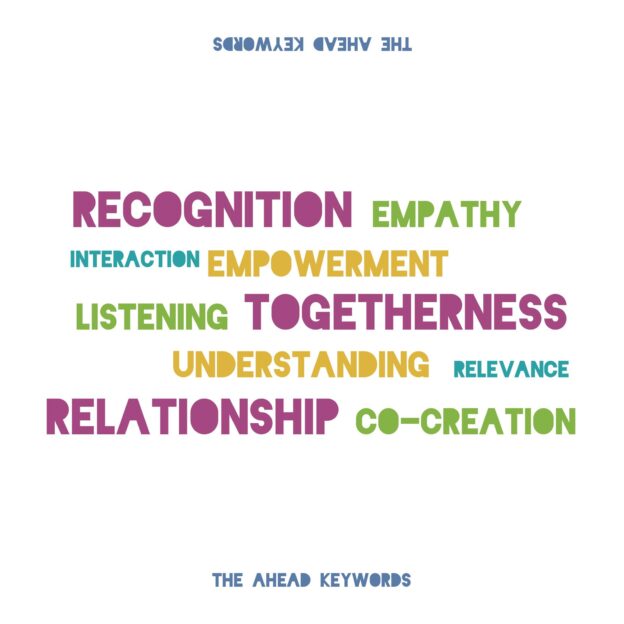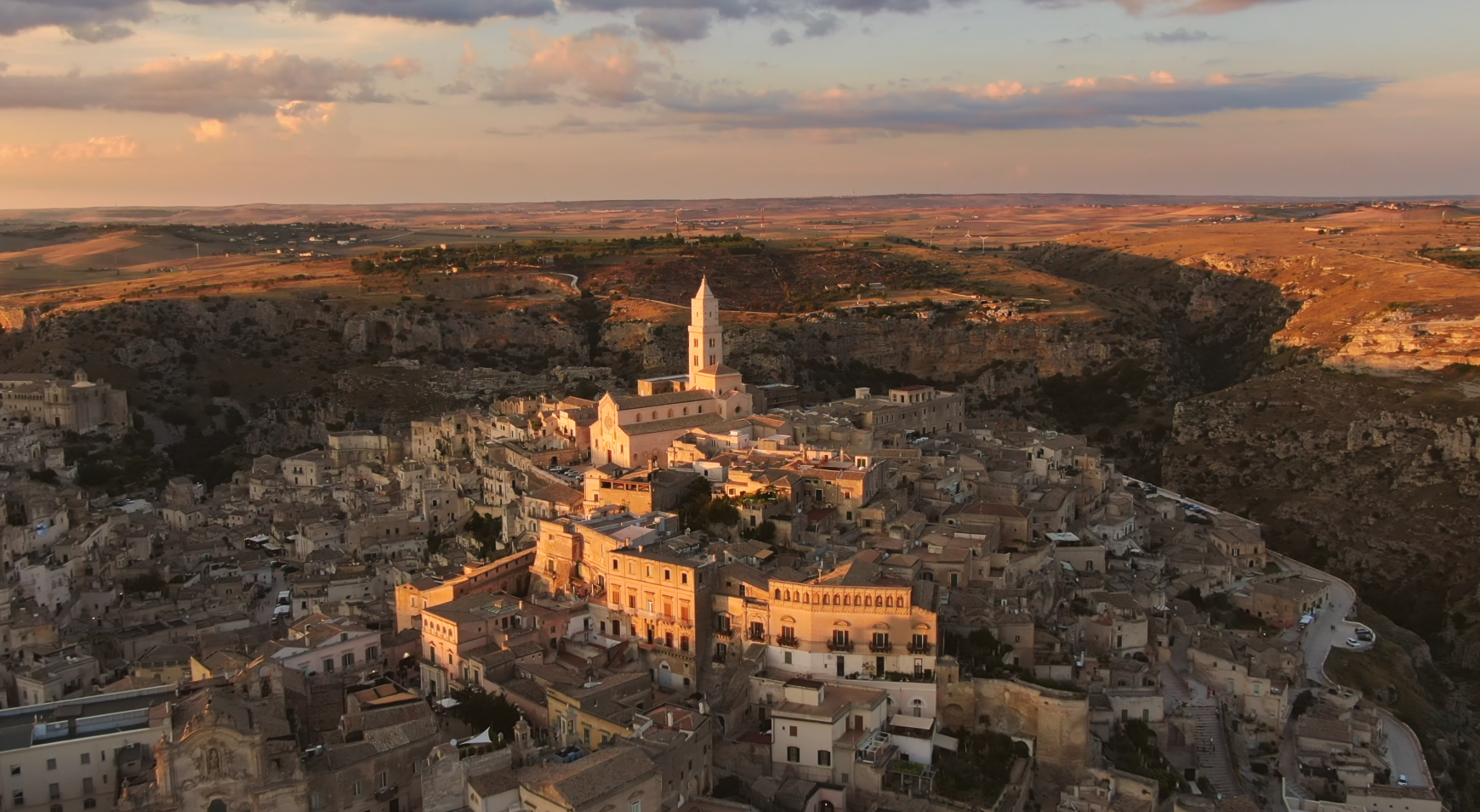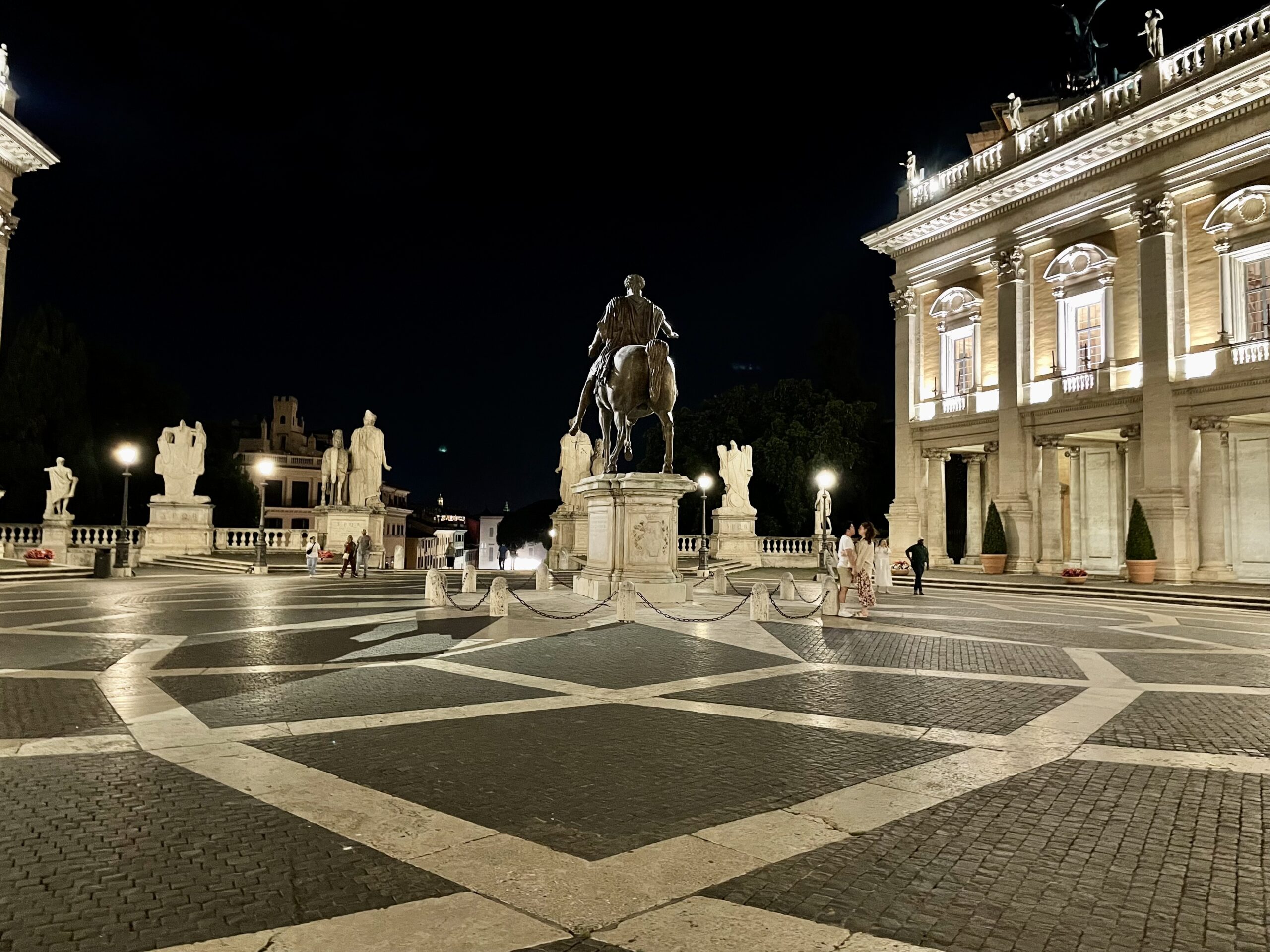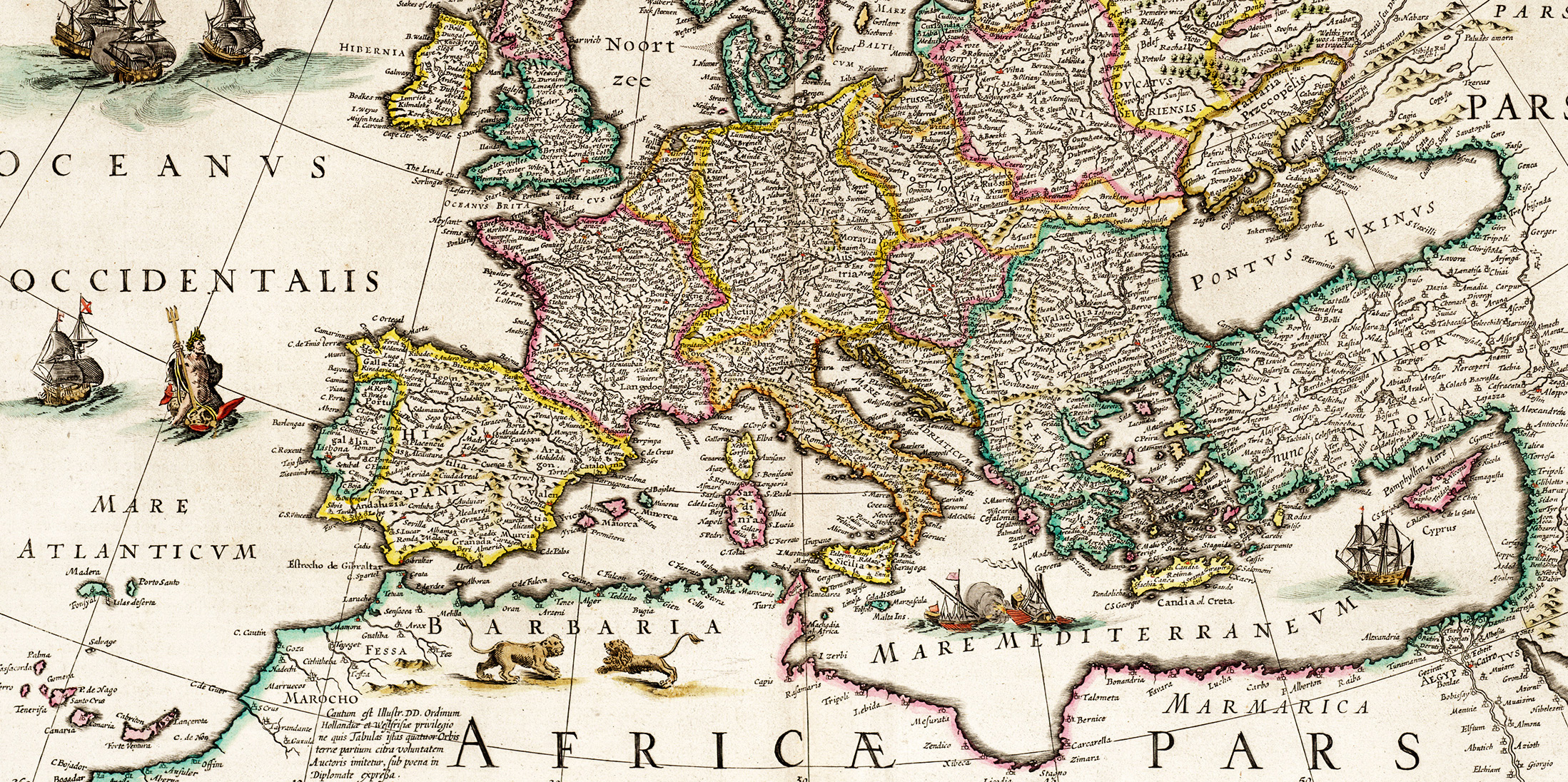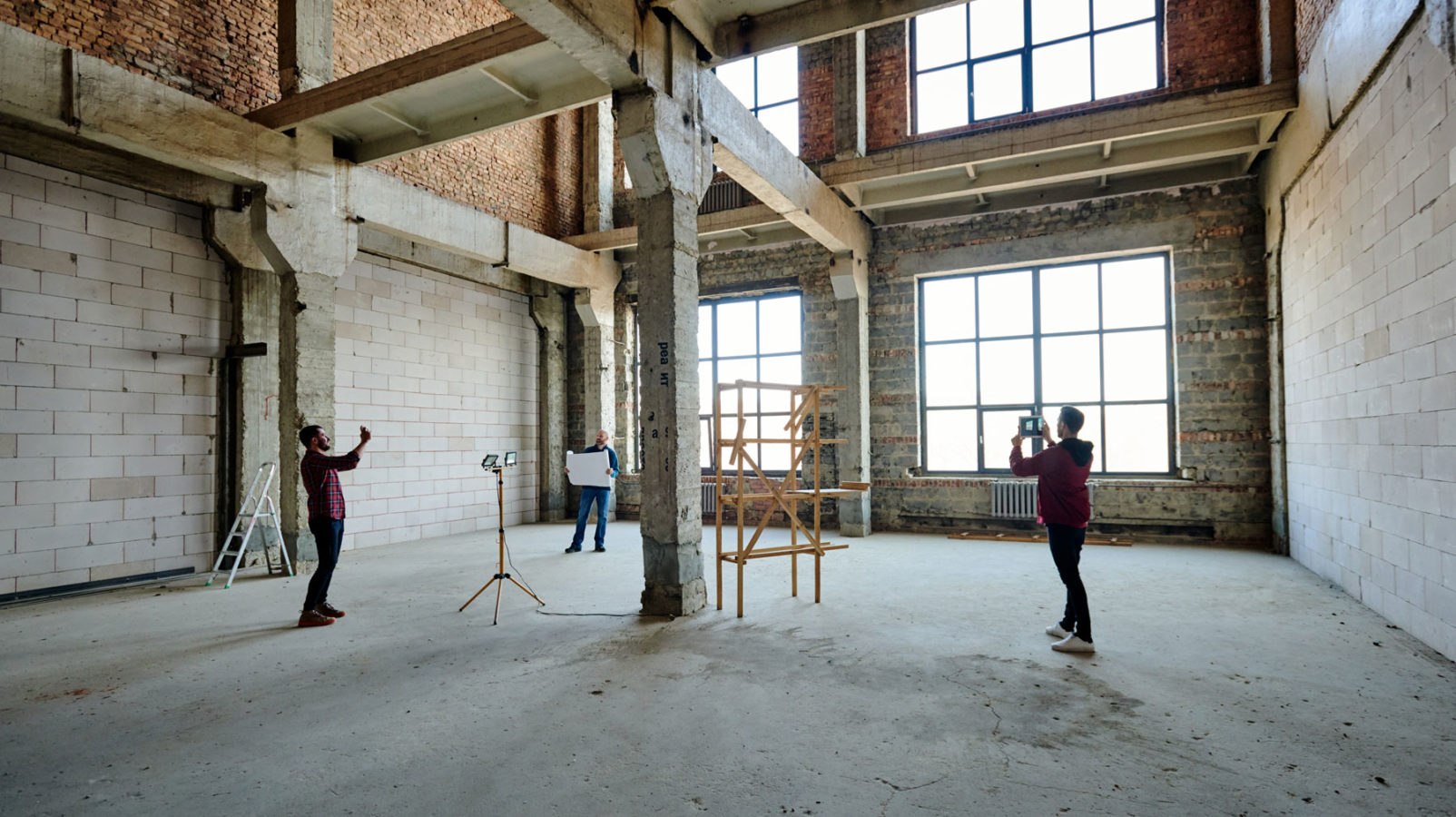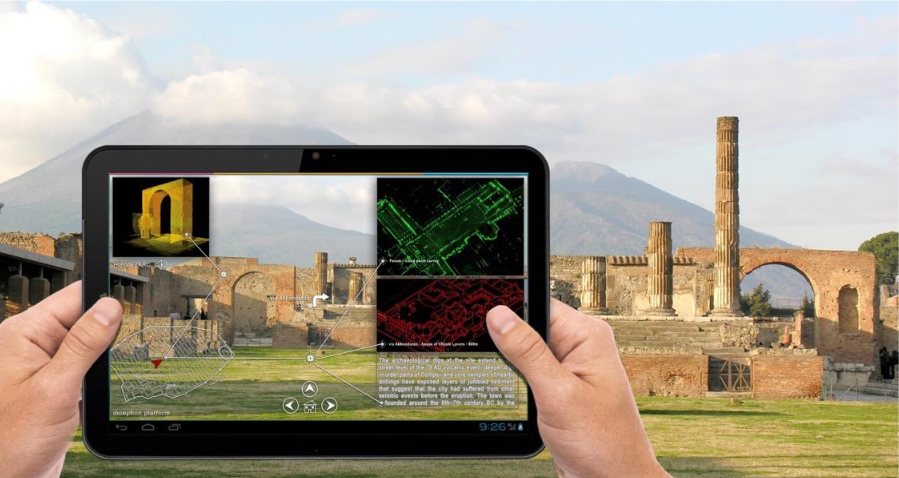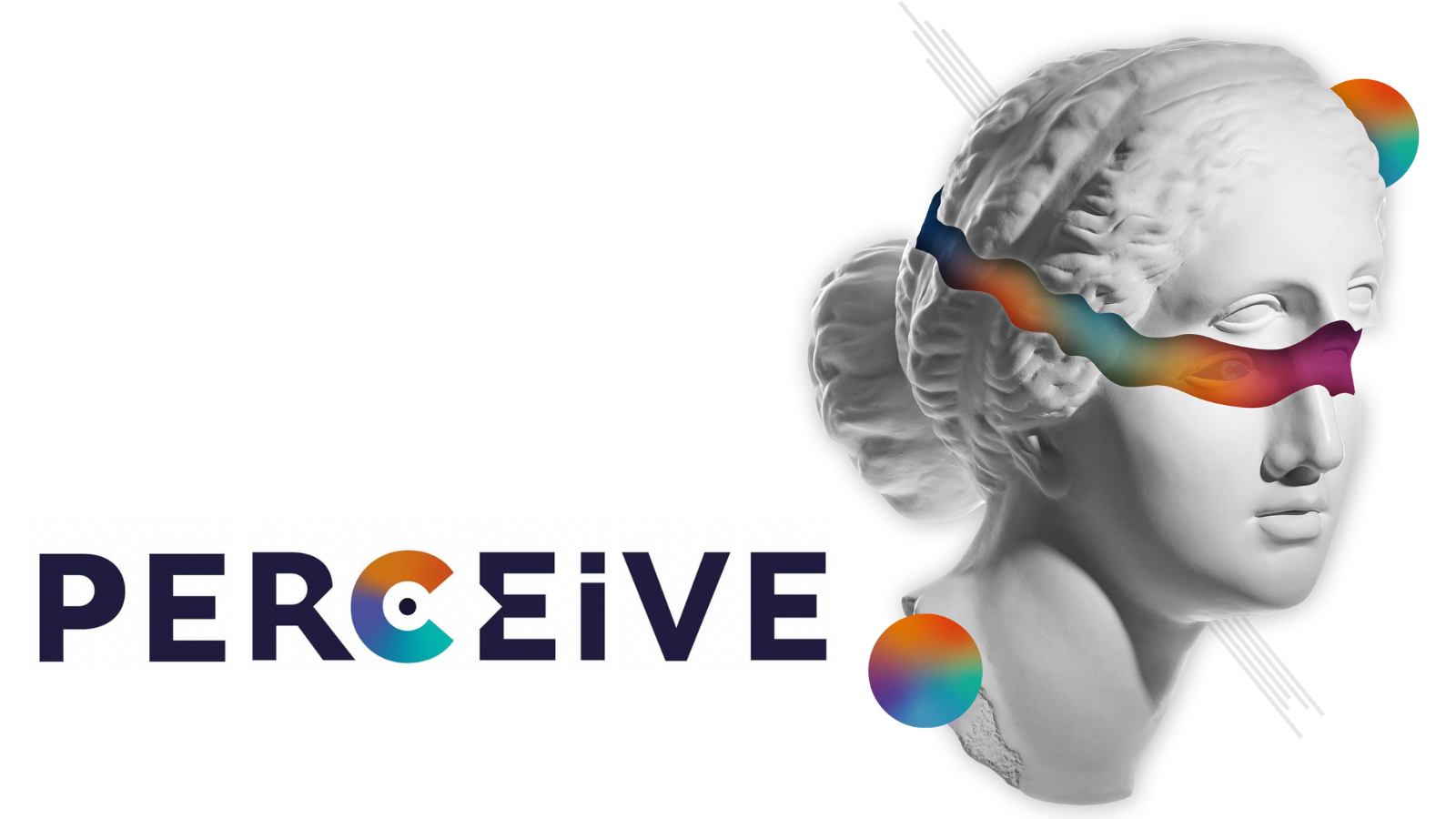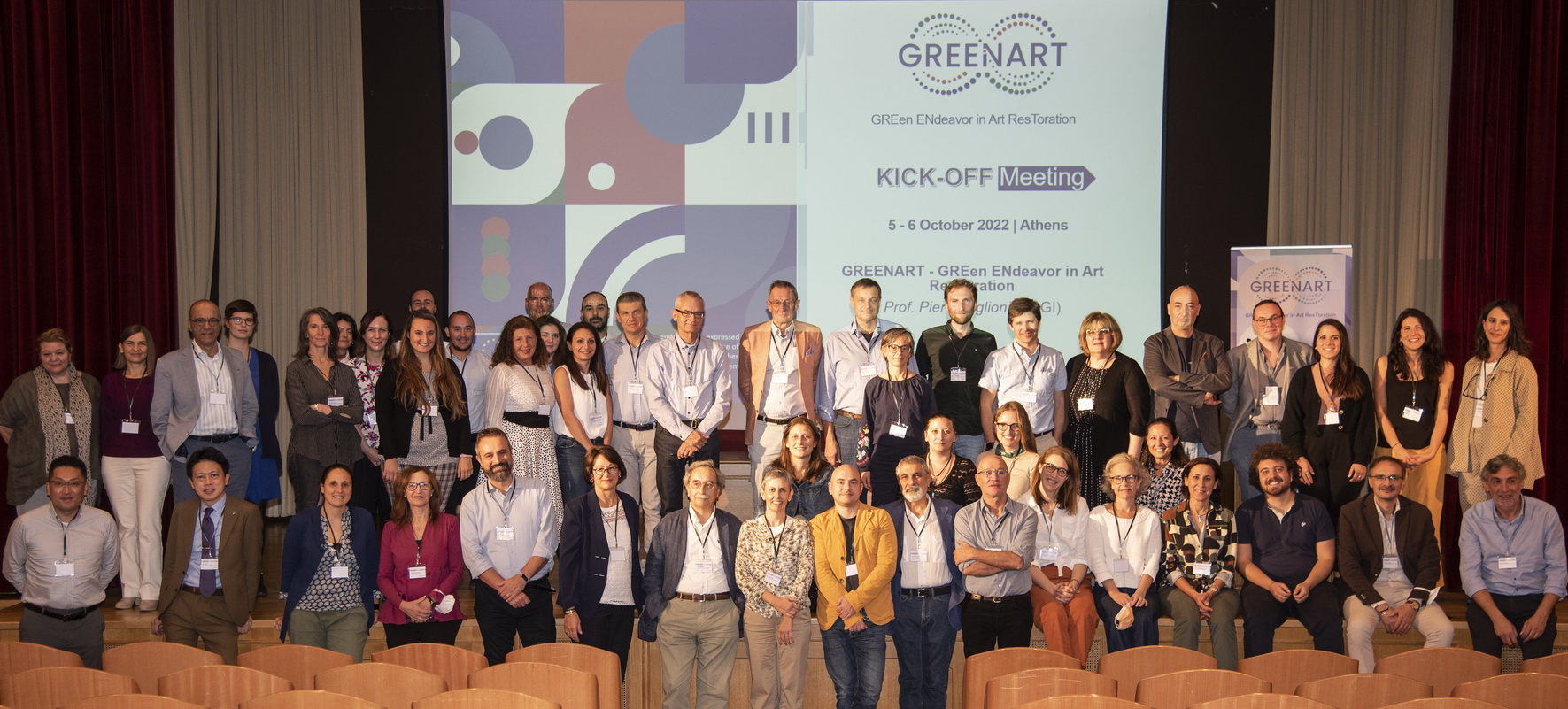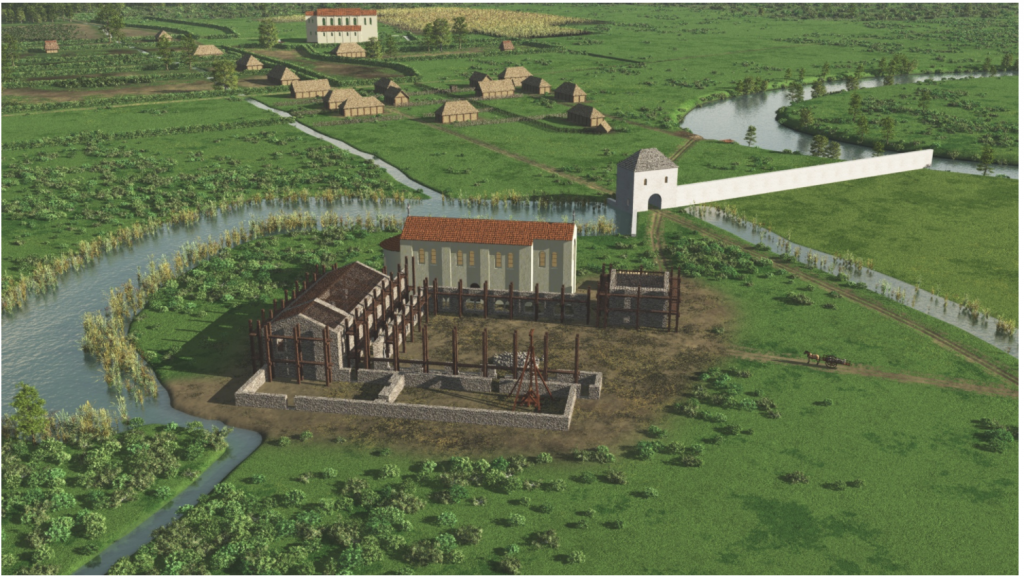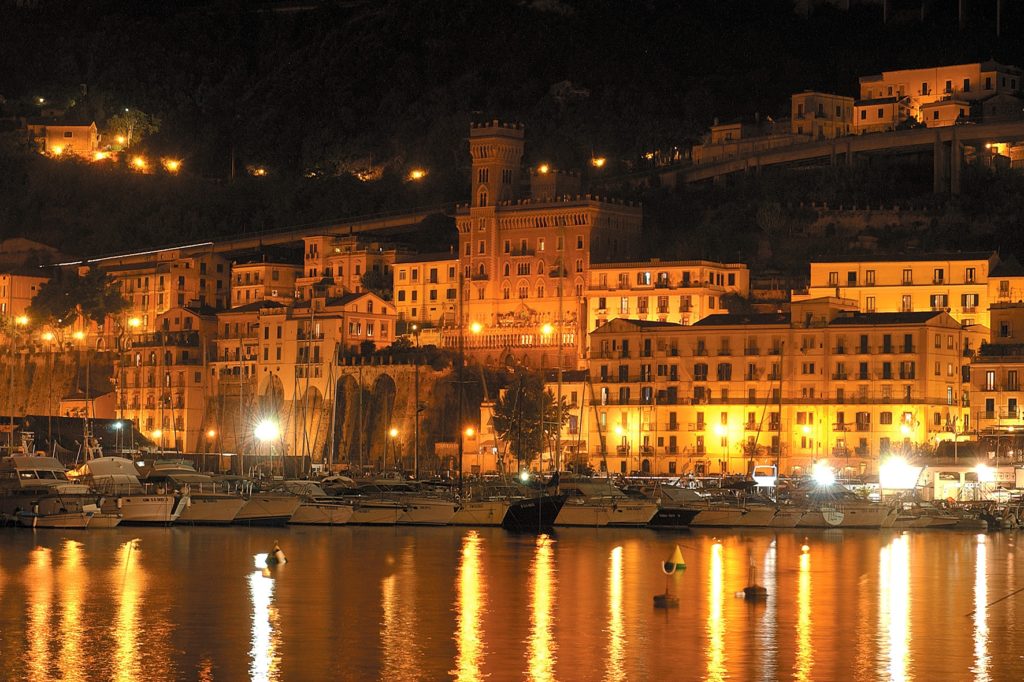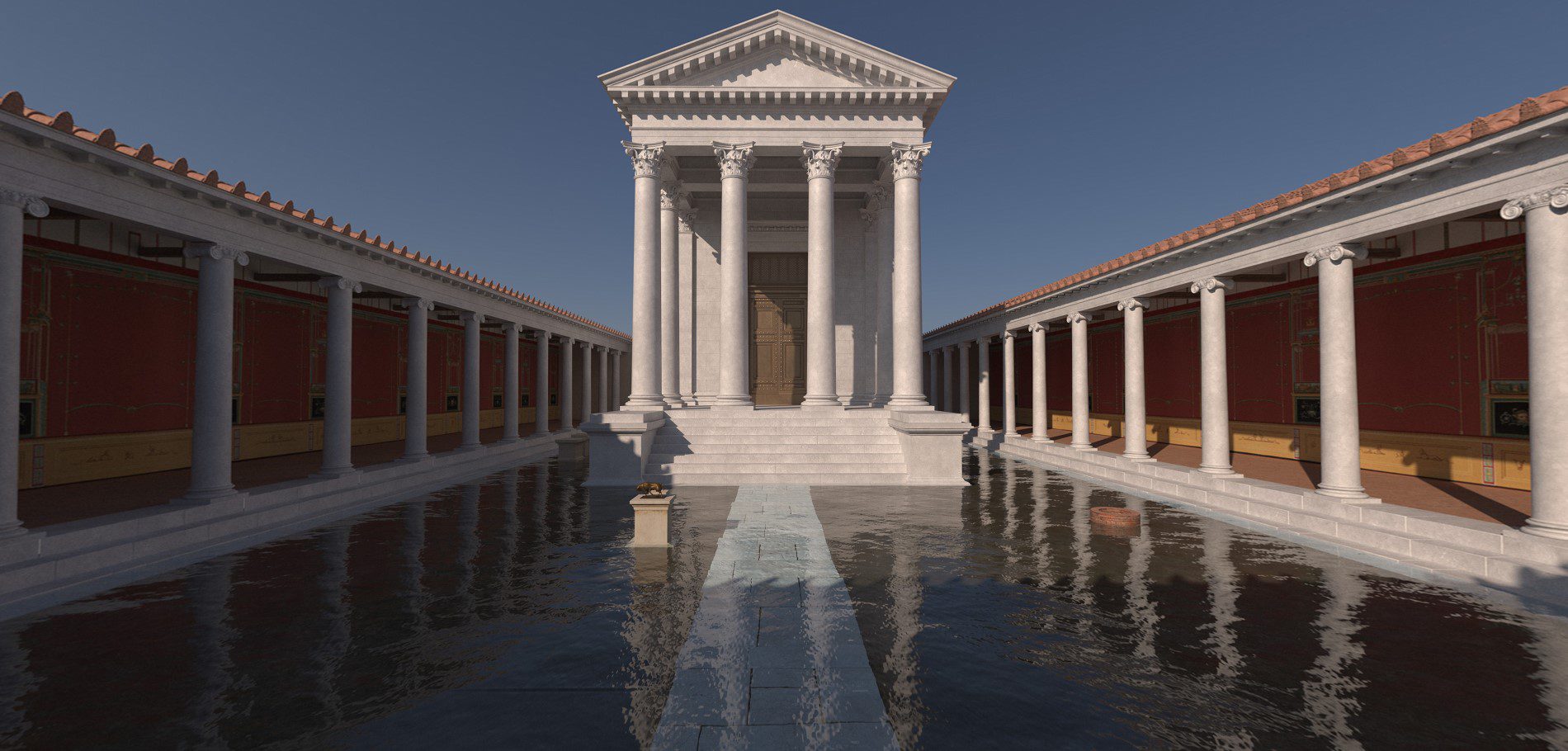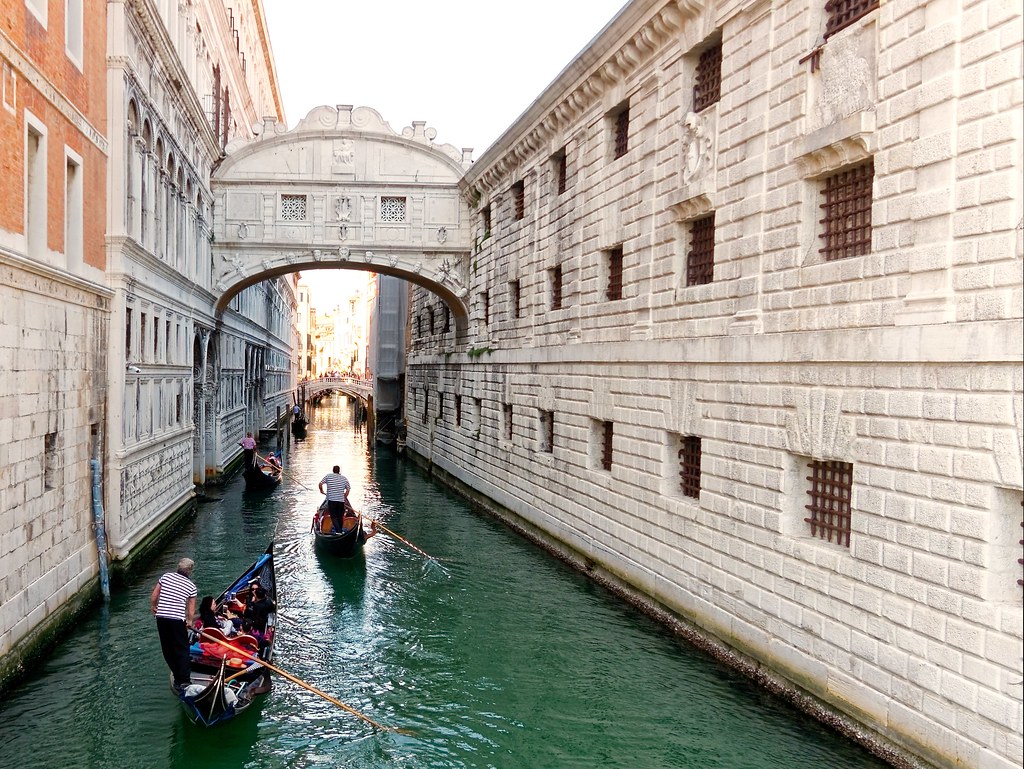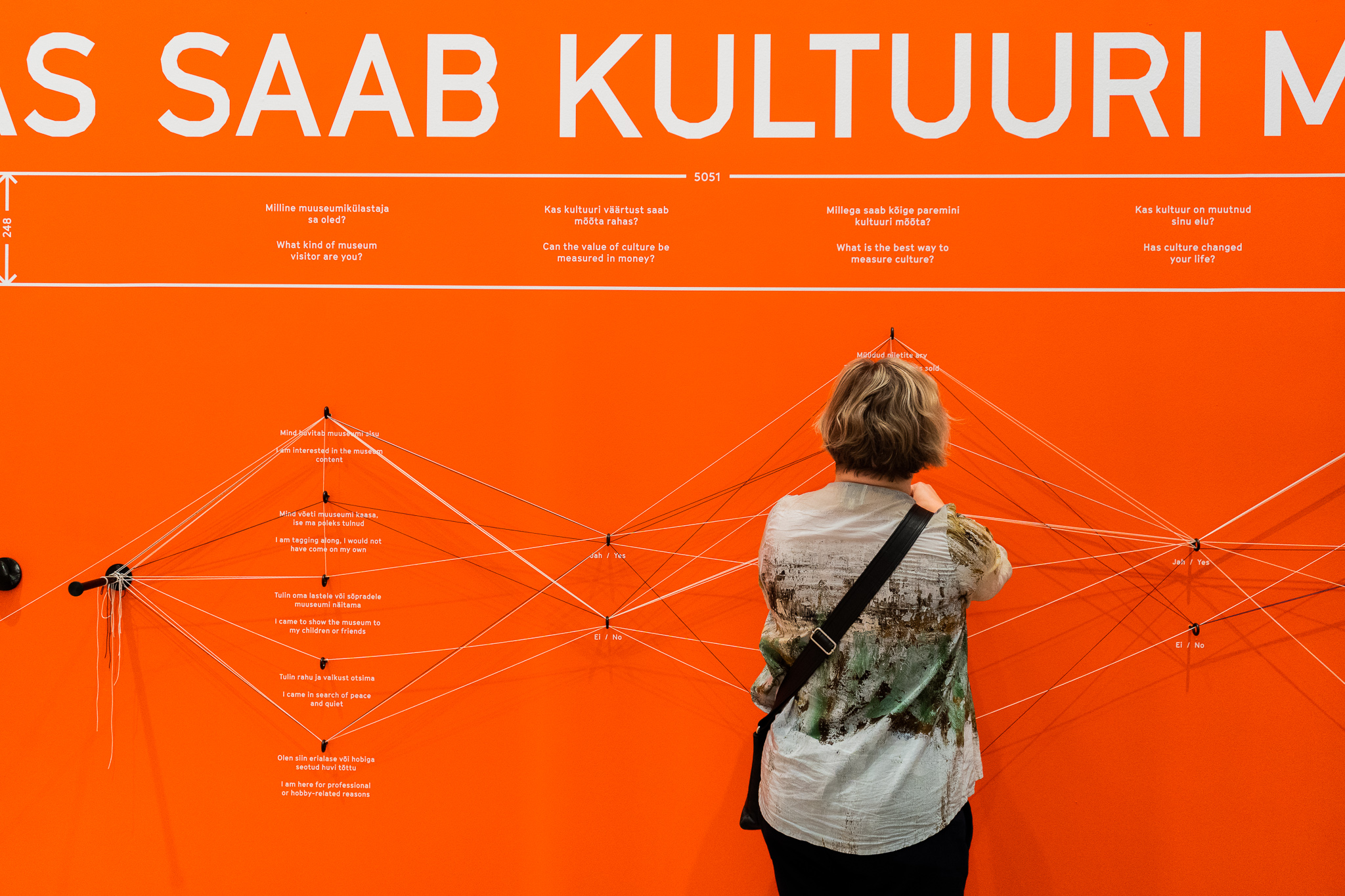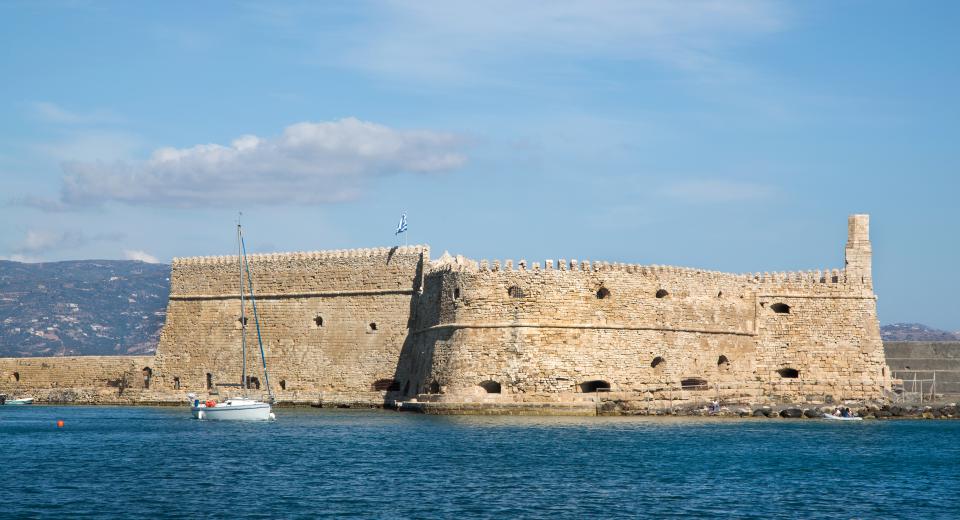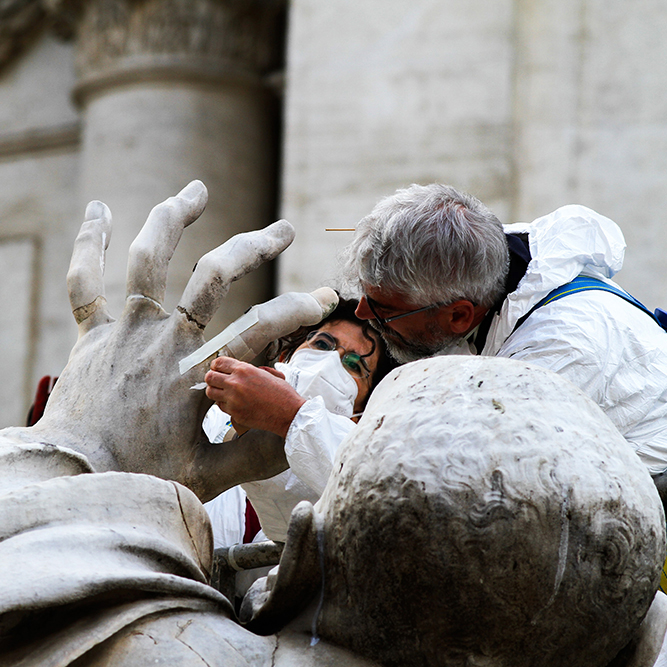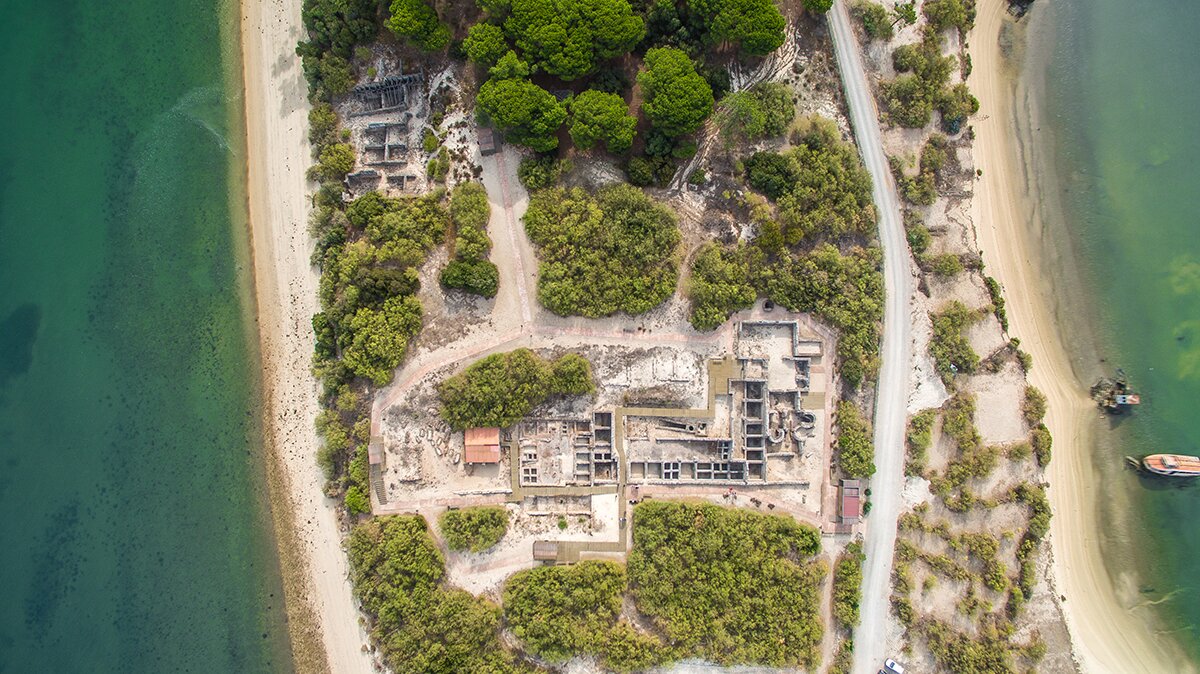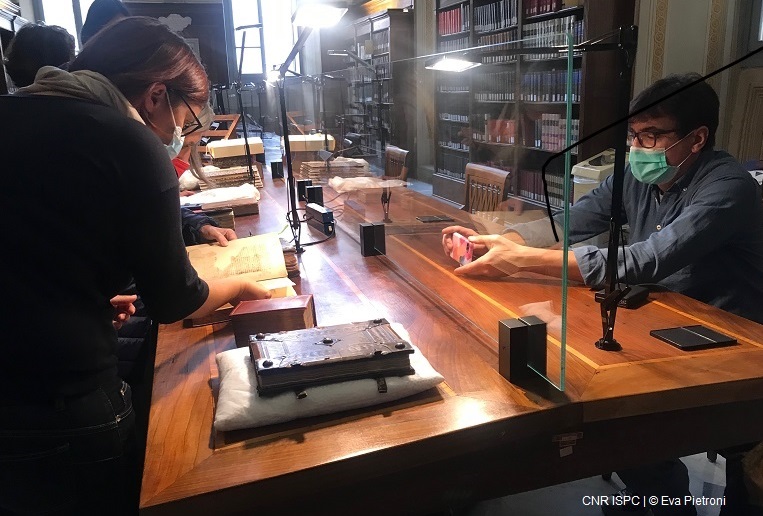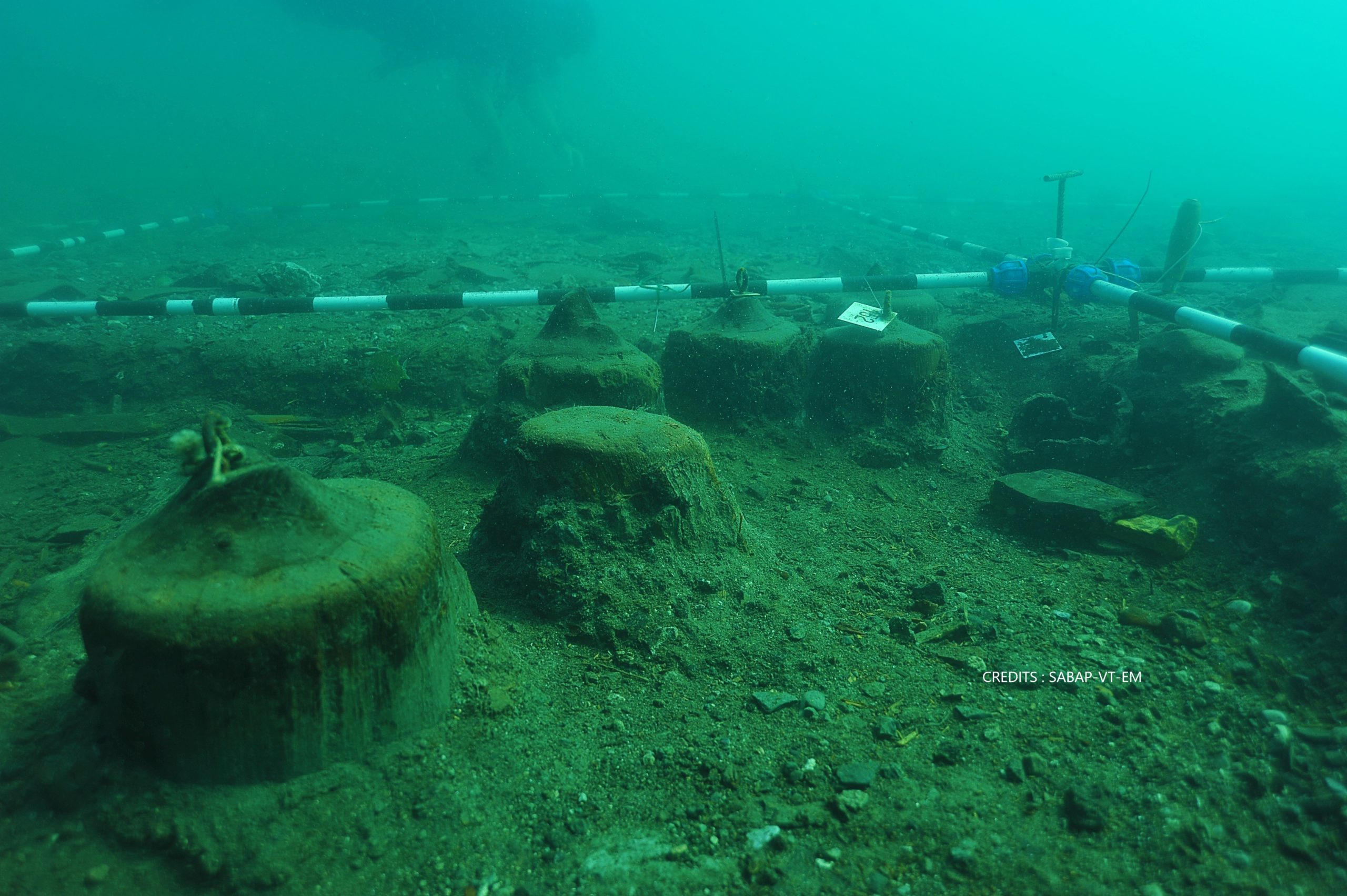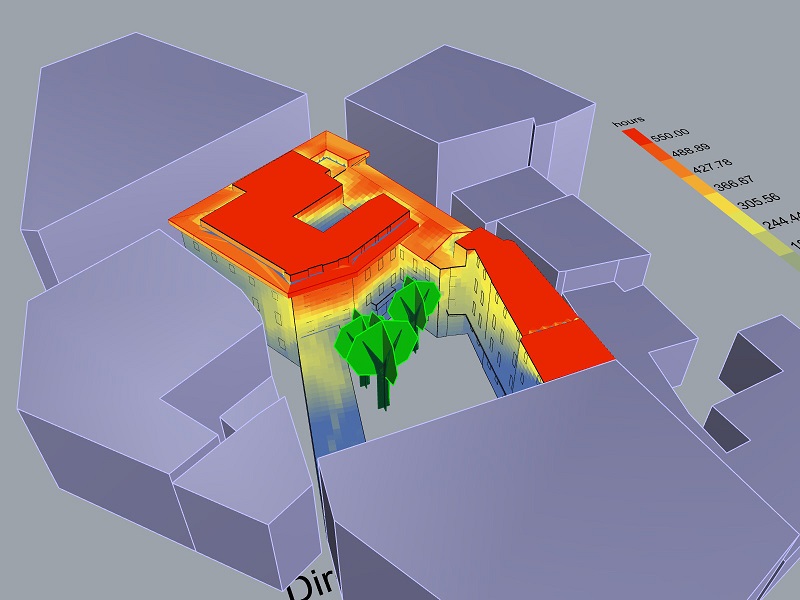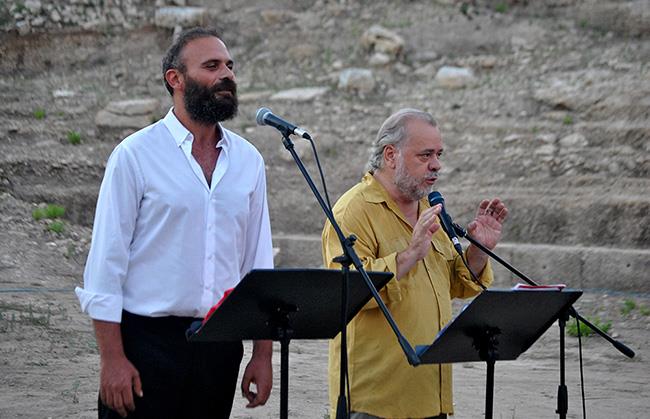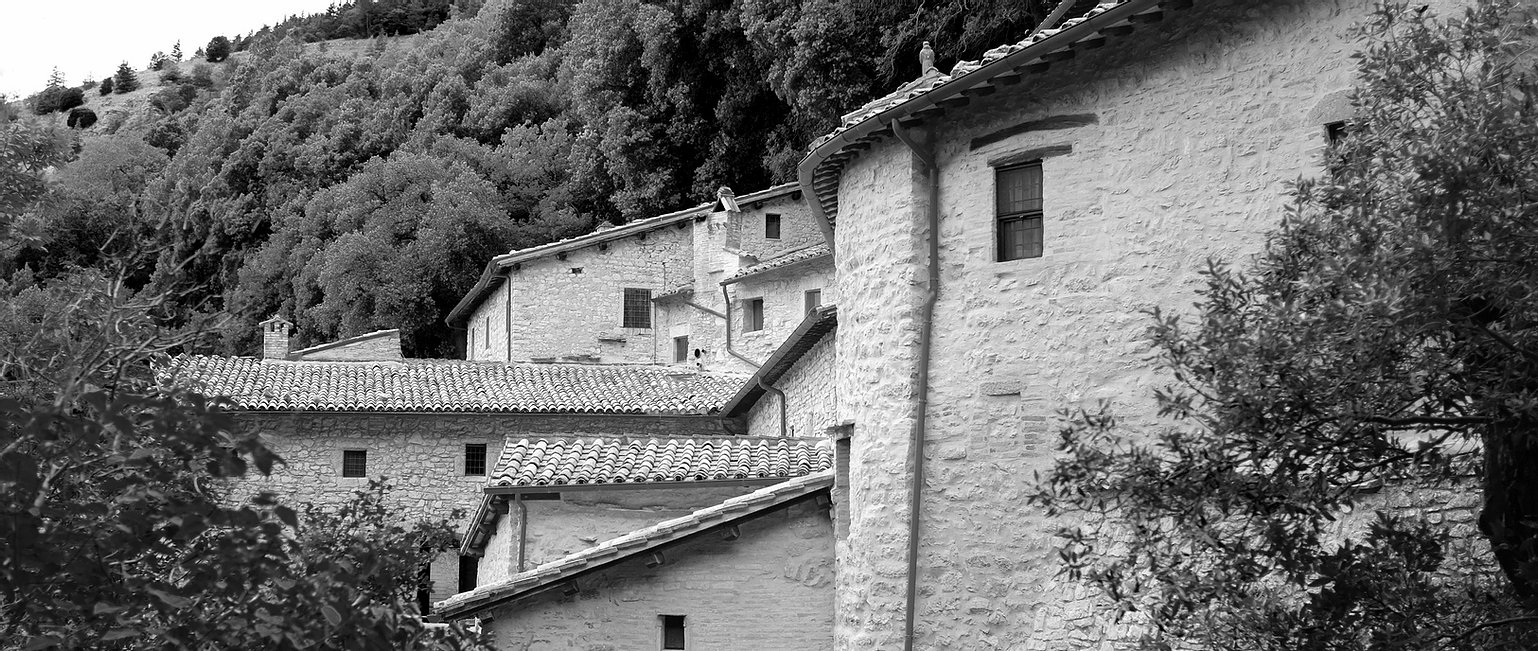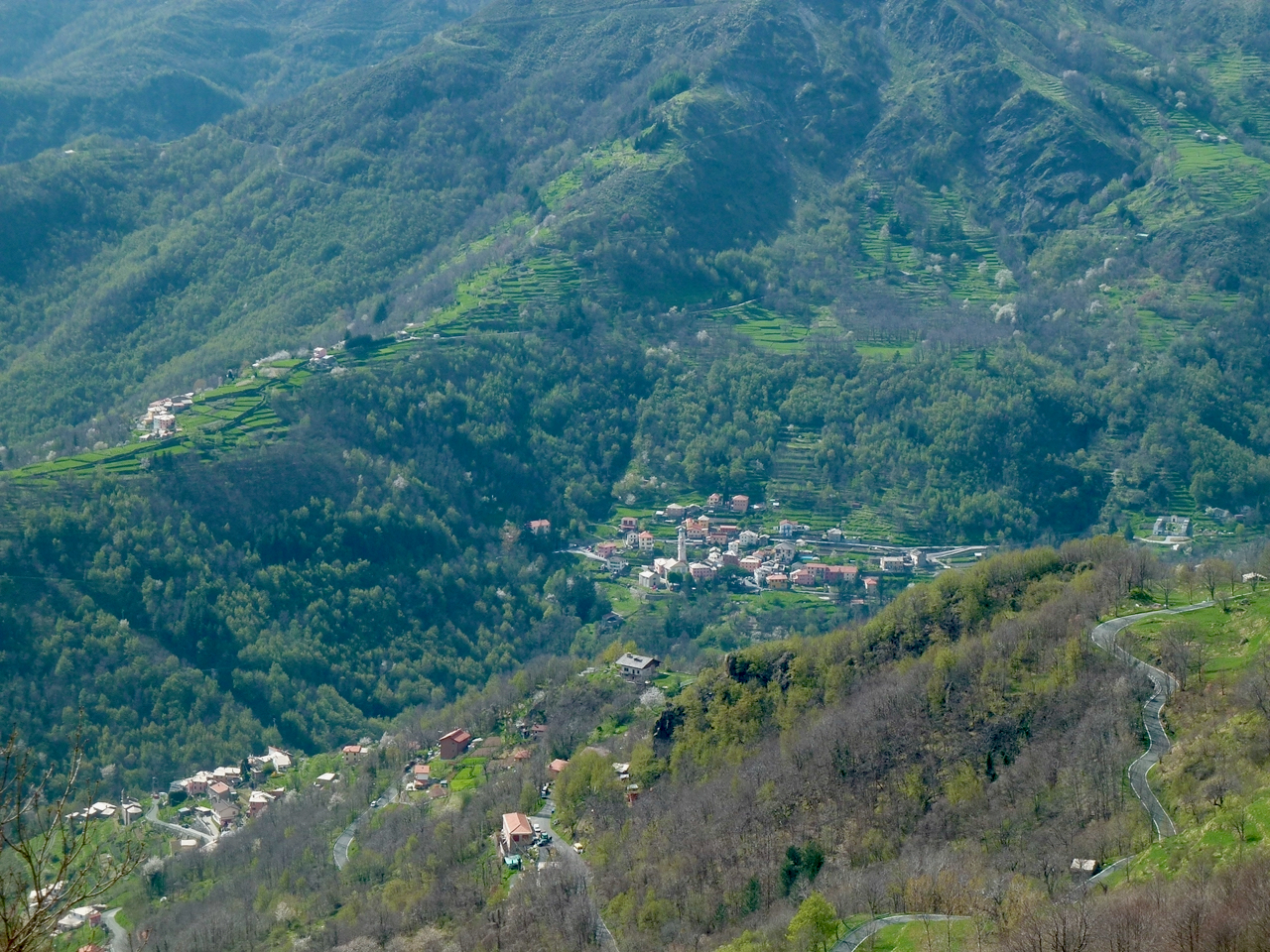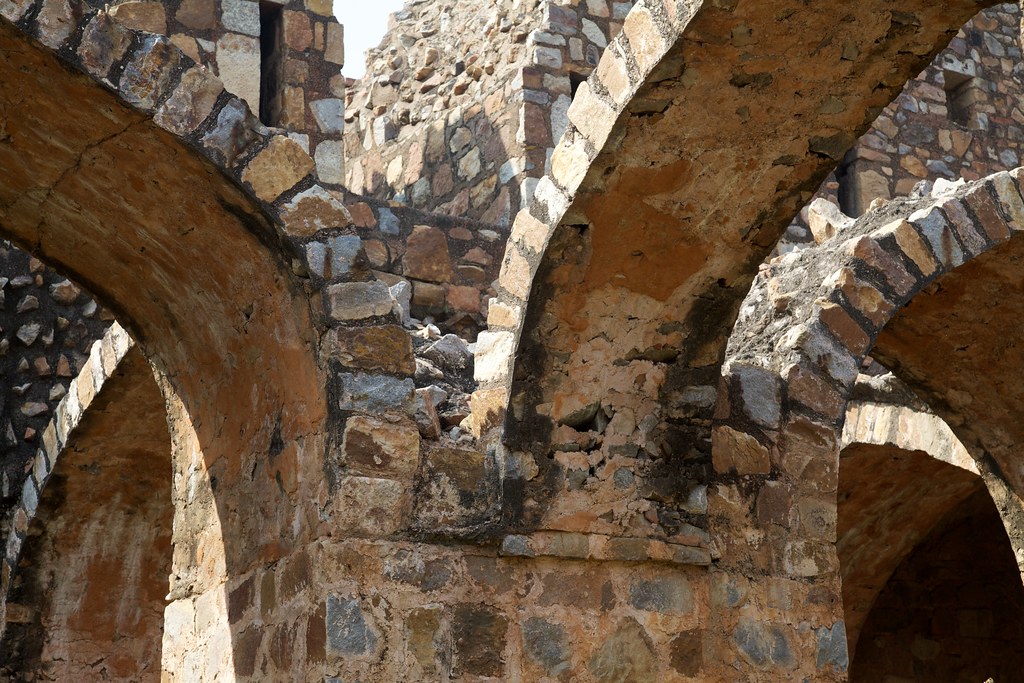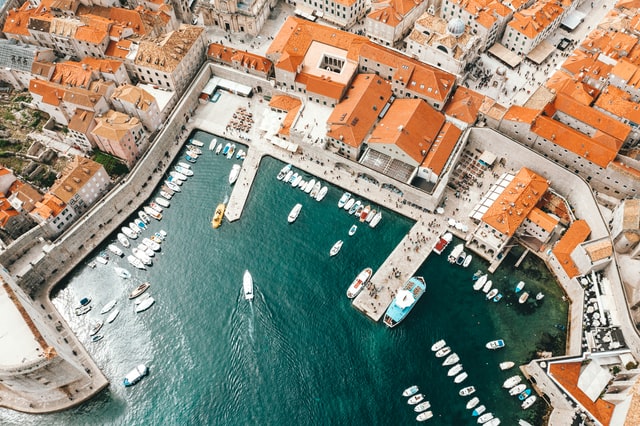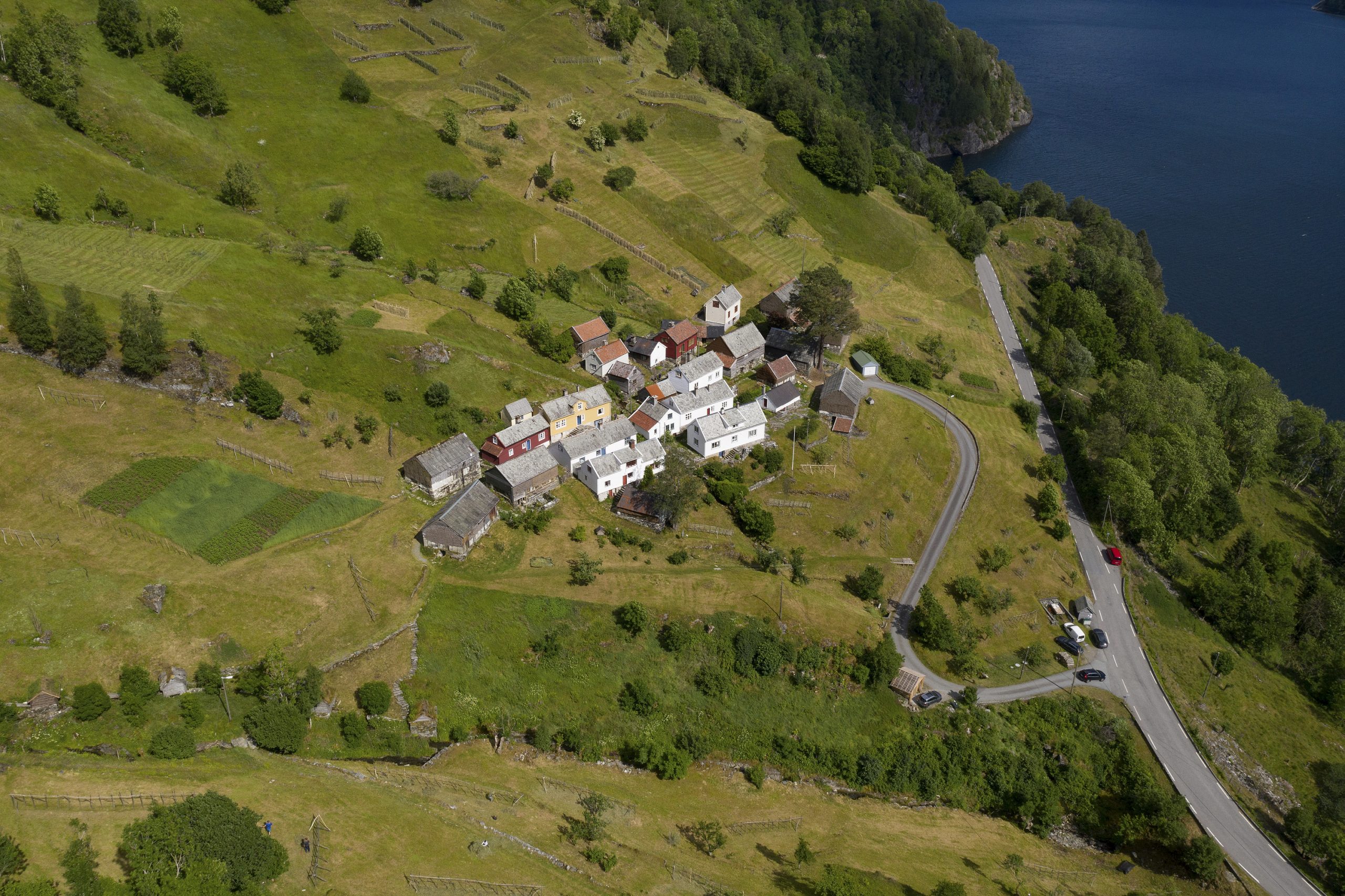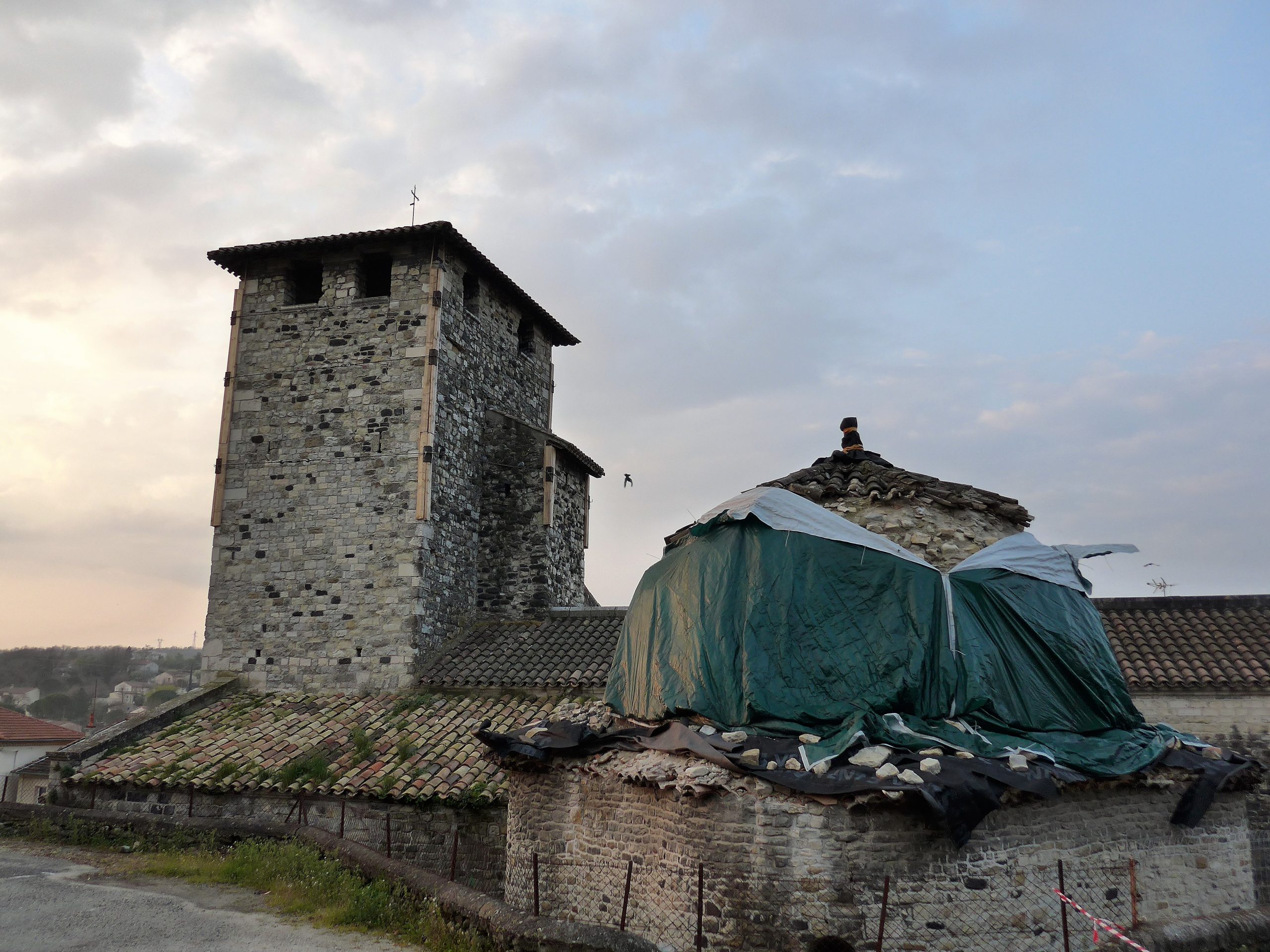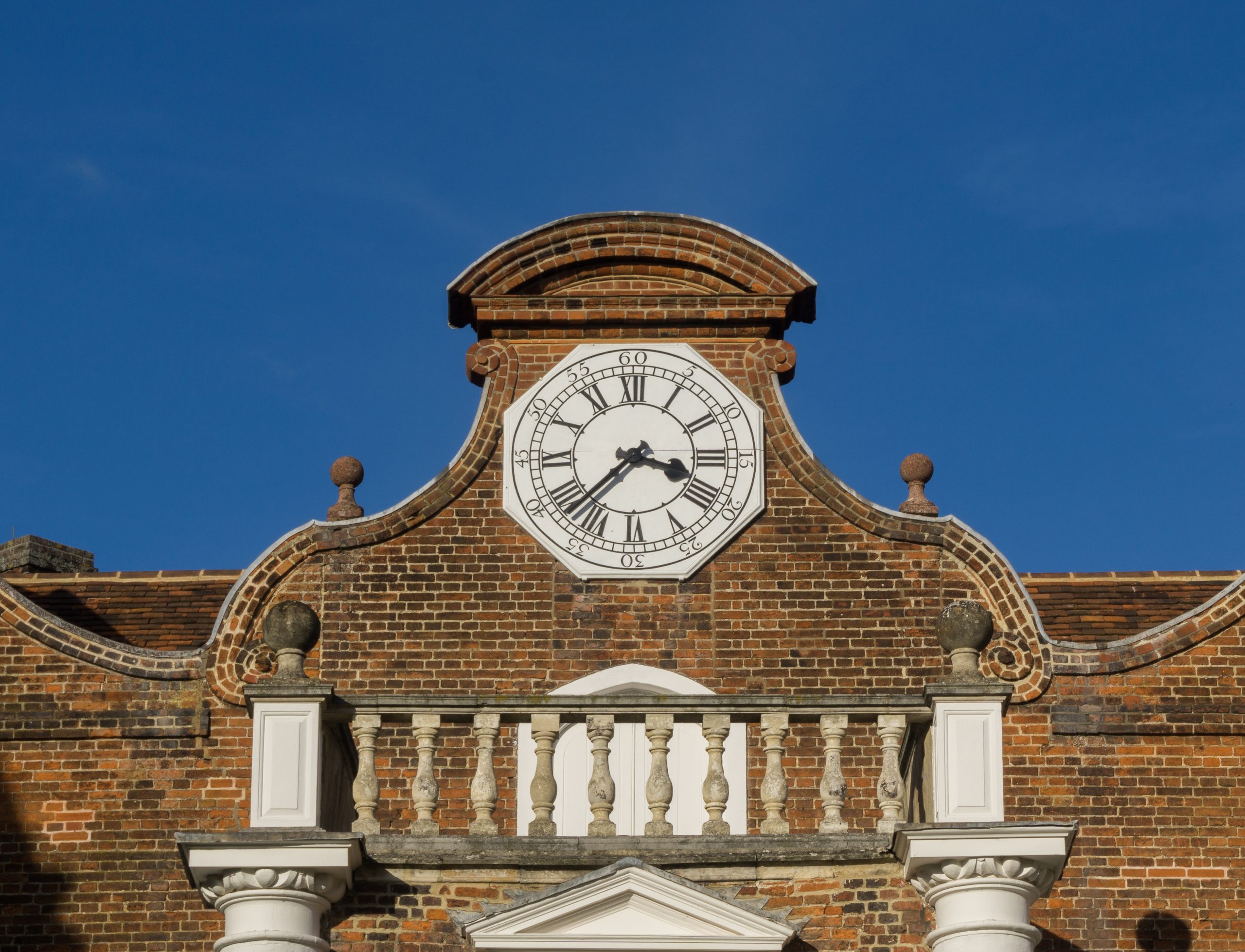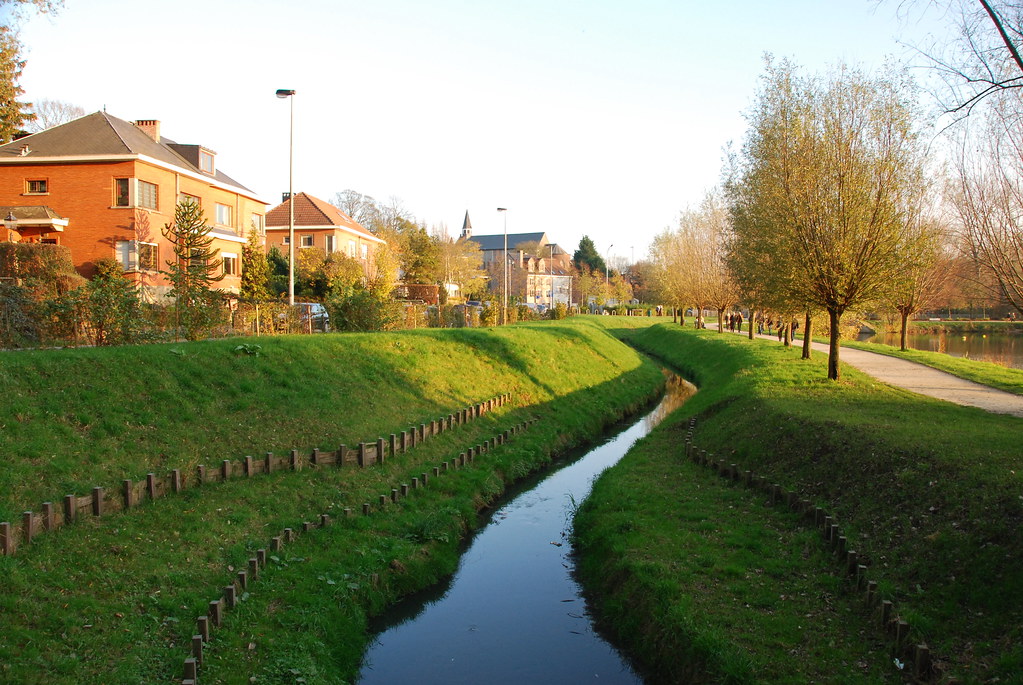
Italy
In Italy, R&I programmes in Cultural Heritage are delineated at the national level mainly by the Italian Ministry for University Research (MUR), the National Research Council of Italy, Institute of Heritage Science (CNR-ISPC) and the Italian Ministry of Culture (MIC). Regions are also taking an active role in those programmes and most of them have a dedicated research strategy and priorities set for cultural heritage.
Research strategies and prioritiesNational level
The National Research Programme/Plan is used to fund projects of relevant national interest, defines largely the priorities for research in cultural heritage, along with the dedicated mission in the National Recovery Plan.
The National Research Programme 2021-2027 was prepared in alignment with the seven-year time span of the European Commission, so in alignment with the Horizon Europe. PRIN/PNR represent specific research projects funded by the MUR. In this case, the approach to priority setting is more bottom-up. Indeed, the National Research Programme is the result of a large consultation with the Italian research community and with Cultural Heritage stakeholders, and includes priorities specifically dedicated to cultural heritage.
In most of these cases, regions have a dedicated research strategy for cultural heritage. The main research strategy and priorities in the field of cultural heritage can differ from an institution to another:
- In Veneto Region, this strategy is embodied in the Smart Specialisation Strategy – Cultural and Creative Area.
- Puglia Region adopted a Strategic plan in cultural heritage.
- Lombardia’s research strategy for cultural heritage is part of the Smart Specialisation Strategy 2021-2027, that concern all the topics of the strategic research of the region. The priorities of Lombardia’s strategy are the digitization of the cultural heritage of archives and libraries and the development of innovative technologies in the field of cultural heritage. The Lombardia Region follows its priorities of the strategy using other funds such as the Regional Operational Programme of the European Regional Development Fund (ROP ERDF).
- The superintendence of Valle d’Aosta has institutional tasks aimed at protecting and enhancing the heritage of the region. The activities performed involve both diagnostic documentation and preventive conservation topics. For some time now, the Scientific Analysis Laboratory has been conducting research into the development of cleaning, consolidation and water protection systems. Topics of particular interest are the determination of alteration kinetics, also based on climatic and environmental conditions, on the basis of objective and integrated data. Other research topics concerned non-invasive diagnostics and the evaluation of machine learning systems.
- The research strategy of Digital Library is basically based on promoting and organizing the process of digital transformation in the various sectors working in the cultural sphere. The Digital Library approved a National Plan for the Digitalization of Cultural Heritage, which aims to take advantage of the opportunities offered by the digital world to create a cultural ecosystem capable of increasing potential demand and broadening accessibility for various sectors of the public.
Programmes and calls for cultural heritage
PRIN/PNR is the main national project-based research funding programme initiated by the Ministry of University Research (MUR). It embraces a bottom-up approach and encompass projects in all areas and themes of research among which cultural heritage.
Some of the regional institutions have also programmes dedicated to cultural heritage, among which the Regional Program ERDF – FSE in the Puglia Region and the interreg ITA-FRA Alcotra programme in the Valle d’Aosta (Dipartimento Soprintendenza per i beni e le attività culturali). Regions can offer additionally programmes that are relevant but not dedicated to cultural heritage.
EU joint actions: state of the art and future opportunitiesEU Work Programmes interactions with national/regional level
The Ministry of University Research (MUR) is part of the key initiatives at a European level, co-founded or not by the European Commission. MUR is member of the Joint Programming Initiatives Cultural Heritage alongside the Ministry of Culture (MIC) since 2010.
MUR and MIC are also a member of several CSA initiatives dedicated to Cultural Heritage: Heritage Plus (2013-2018), Joint Heritage European Programme 2 – JHEP2 (2016-2019) and ARCHE (2022-2025). MUR is also part of a CSA dedicated to cultural heritage and climate change. Specifically, they are active in networks such as DARIAH, CLARIN, and E-RIHS (currently in the process to become an ERIC, European research infrastructure consortium with a legal seat in Italy).
The national institutions are therefore significantly involved in EU joint actions and MUR National Research Programme 2021-2027 is aligned with the Horizon Europe programme and its timeframe.
At the regional level, the influence of EU Work Programmes on programme(s) and/or call(s) seem to fluctuate from one region/institution to another. In Veneto, Puglia and Sardinia, there seem to be more influence than in Lombardia and Valle d’Aosta. According to some regional stakeholders, territorial institutions are not included as partners in funded research projects and therefore cannot bring fundamental inputs for the realisation of widely used and user-friendly instruments in the conservation of heritage.
Nevertheless, EU research priorities address national or regional priorities according to the regional representatives:
- For Veneto, the implementation of Structural Funds at regional level represent a clear example, where EU priorities represent a guideline for the policy makers. These priorities have been often developed in the frame of regional action or initiatives
- Puglia explains that the Regional Program ERDF – FSE is the most important instrument to develop Puglia territories, and it is influenced from the EU Work Programmes and EU priorities
- Lombardia and the Digital Library both underline particularly the digital transition priority which is deemed particularly relevant in the cultural heritage sector
- For Valle d’Aosta, all priorities represent an interest. The particular importance of tools for the management of environmental risk and for the predictive analysis of the progress of alterations is highlighted, and considered useful and necessary for the programming of maintenance resources.
- For Sardinia, actions for the preservation of cultural heritage, as well as the support and promotion of the arts and the creative sector are underlined.
European actions’ added value
The role of the collaboration with European colleagues in the development and evolution of research has been emphasized as an added value of European actions.
Views on the added value of the EU 2021-2024 Work Programme for the cultural heritage research are heterogenous. For several stakeholders, it has provided a coordinated and constructive approach to research in the cultural and creative sector. A particular emphasis has been put on the added value of digitalisation with its focus on potential and opportunities of digitising cultural heritage along with useful recommendations and methods on how the cultural heritage sector can better manage digitisation and through the support provided in the process.
The absence of involvement of institutions that manage territorial assets is however seen as a challenge that increases the needs for daily management of heritage.
Few points of views are expressed on the potential cultural heritage research areas that would benefit from being addressed at EU level (rather than at national or regional level):
- Puglia underlines the priority to promote cultural heritage thanks to innovative methods and the development of new contents with the LODs (Level of Detail);
- For Valle d’Aosta, it is considered that all the territorial protection authorities need tools suitable for the prediction of actions that affect conservation. It would then be possible to better organize the activities and economies needed for implementation.
Looking ahead
National institutions, MUR and MIC, are very much invested in European collaborations. MUR is particularly involved in the EU partnerships, the new instruments offered by Horizon Europe programme. It is indeed looked as a fundamental tool which enable to combine the national with the European needs and priorities, and to encourage the collaboration of the European Union, Member States, regional and local authorities, by bringing together the community of practitioners and the research community through a coherent system.
The cooperation and complementarity of cultural heritage stakeholders is brought forward in the social and holistic understanding of cultural heritage, an “ecosystem of relationships between distinct and well-defined entities” reinforcing and complementing each other.
Some issues and recommendations have also been formulated about the relation between regional/national and European policies, in particular regarding the improvement needed in reducing the processing time of the administrative procedures to better align them to EU needs. This is particularly important in cases of multi-source funding (European, national, regional).


